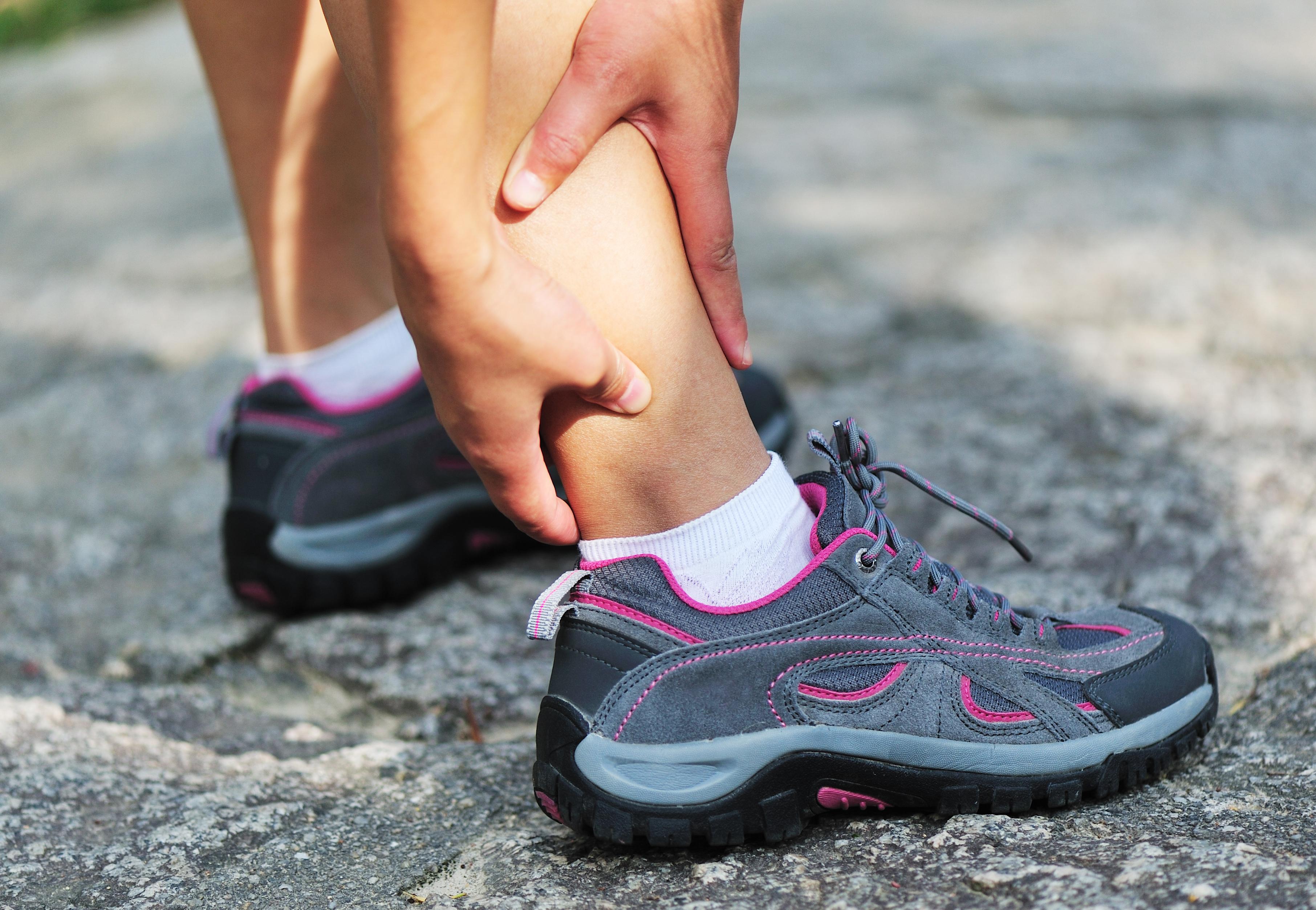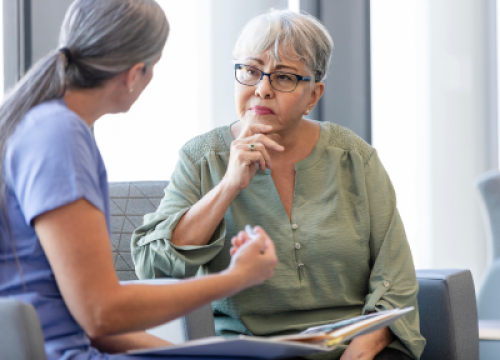Strategies and Tips for Dealing with Dystonia

Curled, clenched toes or a painful cramped foot are telltale signs of dystonia. Dystonia is a sustained or repetitive muscle twisting, spasm or cramp that can occur at different times of day and in different stages of Parkinson’s disease (PD). Dystonia can also be the result of brain trauma, a stroke, a reaction to a medication or other causes.
The Parkinson’s Foundation People with Parkinson’s Advisory Council, a trusted council comprised of 15 people with PD and care partners, recently brought to our attention that the PD community needs more information about dystonia.
How do you know you have dystonia?
Dystonia symptoms, similar to other Parkinson’s symptoms, vary from person to person. Up to 30 percent of people with PD experience dystonia.
Who can get it? It can occur throughout all stages of PD, but is a common early symptom of Young-Onset Parkinson’s.
What body parts can it affect? The involuntary movements and spasms most commonly occur in the arms, hands, legs and feet. Other common body parts include the neck, muscles around the eyes, vocal cords and jaw. Stress or fatigue can make dystonia symptoms worse.
Managing Dystonia Symptoms
While trial and error are required to find strategies that work best for you, members of the Council share these methods that helped them handle and manage their dystonia symptoms:
“I have been living with PD for 18 years and have experienced dystonia in various parts of my body. Predominantly, they occur in my right foot which tends to roll to the outside of my body with toes cramping downwards. It happens most often when my carbidopa-levodopa is wearing off. I find that I can somewhat control the muscles by slowing my breathing, mindfully visualizing a relaxing image (waves, music, waterfalls) or counting slowly. This especially helps if the cramping acts up while I am walking or climbing stairs. I find that the counting is also very effective when I need to concentrate while getting up in the middle of the night, when my body is not quite awake.”
- Lou, person with PD
“My husband, who was diagnosed in 2011, has problems with dystonia. His dystonia sometimes feels like restless legs, which occurs more in the evening. His dystonia happens anytime during the day and can impact his thigh muscles all the way to his toes. He sometimes uses a ‘roller bar’ on his legs to relieve the cramping. He also has dystonia in his hands where his fingers freeze and have to be massaged to resume normal activity. On his hands he can immerse his hands in warm water and that sometimes helps.”
- Marie, care partner
“I had dystonia in my toes long before I knew that I had Parkinson's. There are two things that help me. First is rubbing my toes with a soothing cream. I also found several items in the "foot section" on Amazon (i.e., Bunion Corrector & Bunion Relief Sleeve and ZenToes Gel) that help me straighten my toes, which is helpful when I wear shoes or have a fair amount of discomfort.”
- Gretchen, person with PD
Council members also encourage persons with dystonia to discuss their symptoms with their physician as well as a physical therapist specializing in PD. It’s important to note that deep brain stimulation surgery has been found to help dystonia.
Dystonia is a topic that comes up on the Parkinson’s Foundation Helpline at 1-800-4PD-INFO (473-4636). These strategies are from our Helpline specialists and callers for dealing with dystonia:
“For tele-health appointments (or in-person), share pictures of the body part(s) where you experience dystonia to demonstrate the curling of fingers or toes or swelling.”
“I experience curling in one finger that prevents me from using my walker, I find gentle exercises for arms and hands help a little.”
“Heat is good for increasing blood flow while cold is good for reducing inflammation, which may not help if it's PD pain.”
“If someone has dystonia and is on medications, keep a symptom journal of ‘off times’ and discuss it with your neurologist.”
In a recent PD Conversations, an online community for peer support and information, symptoms discussion group users report additional strategies:
“Using an exercise bike for leg muscle control has helped me.”
“I use a de-stress muscle gel by Aromatherapy Associates. I rub this on the arch of my foot, between my toes and on my calf. Not much is needed because it spreads easily. The amount of relief it gives me is amazing.”
“I am a big hiker and find that hiking up and down mountain trails is much easier than, say, walking through the airport. I find shoes that have a few degrees of drop and a more solid and stiff sole to help with walking on flat surfaces. If you are having this problem, you might try looking at a shoe with a stiffer sole rather than something spongy or made with gel.”
Join the PD Conversation about dystonia, with these forum conversations:
Learn More
The Parkinson’s Foundation believes in empowering the Parkinson’s community through education. Learn more about Parkinson’s and dystonia by visiting the below Parkinson’s Foundation resources, or by calling our free Helpline at 1-800-4PD-INFO (473-4636).
Related Blog Posts


